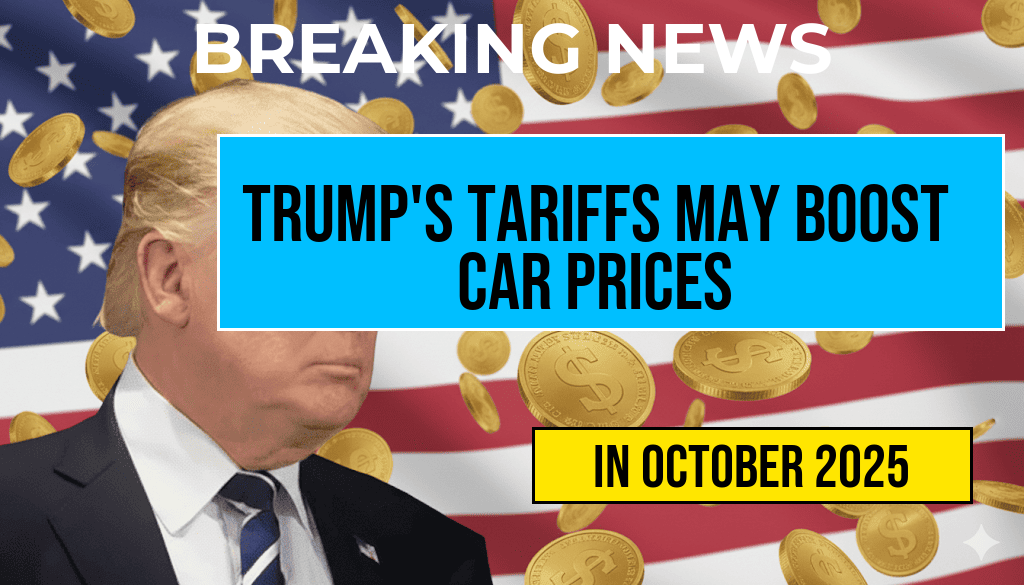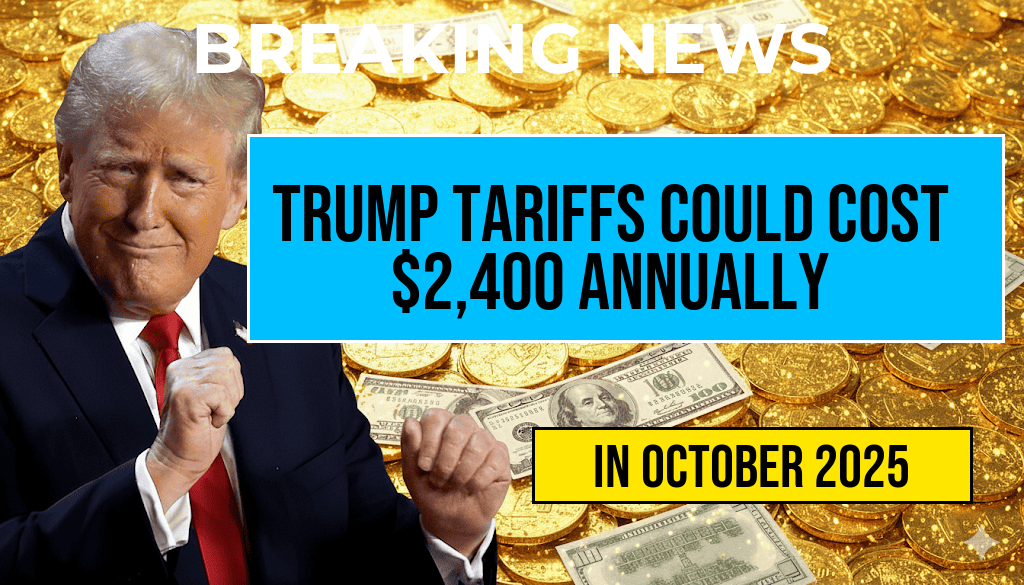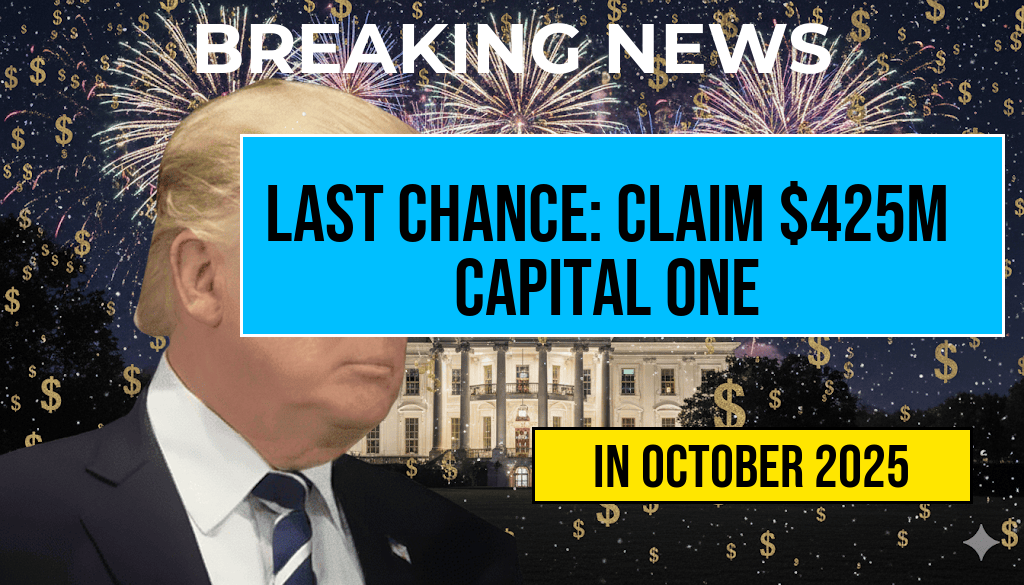Automakers and consumers could face significant financial repercussions if recent tariff threats from former President Donald Trump materialize into policy. A proposed increase in tariffs on imported vehicles and auto parts could drive up new car prices by as much as $5,286 per vehicle, according to industry analysts. This potential hike stems from a renewed push to impose tariffs on foreign-made vehicles, which Trump has previously considered as a leverage point in trade negotiations. The move threatens to complicate the U.S. automotive market, potentially leading to higher consumer costs, supply chain disruptions, and shifts in vehicle availability. As negotiations and political debates unfold, stakeholders across the automotive sector are closely monitoring developments that could reshape pricing dynamics and import strategies.
Background on Tariff Policies and Automotive Imports
Tariffs are taxes imposed on imports to protect domestic industries or leverage trade negotiations. Historically, the U.S. has fluctuated in its approach to tariffs on vehicles, with previous administrations imposing or threatening tariffs to address trade imbalances, particularly with countries like China and Mexico. The proposed tariffs, if enacted, would target foreign-made vehicles and key auto parts, aiming to incentivize automakers to boost domestic production. However, these measures often have complex repercussions, influencing everything from manufacturing costs to consumer prices and international trade relations.
Projected Impact on Vehicle Pricing and Market Dynamics
Price Increase Estimates
Industry analysts from organizations such as the National Automobile Dealers Association estimate that a tariff increase could inflate the average price of a new vehicle by approximately $3,500 to $5,286. This projection considers the current import costs, supply chain dependencies, and the typical profit margins for automakers. The higher costs would likely be passed on to consumers, making new cars less affordable for many Americans, especially in the mid-tier and entry-level segments.
Consumer and Industry Reactions
- Consumers: Many potential buyers could delay or reconsider purchasing decisions, leading to a slowdown in new vehicle sales and shifts toward used cars.
- Automakers: Manufacturers with significant foreign supply chains may face increased costs, prompting them to reevaluate sourcing strategies or accelerate efforts to expand domestic production facilities.
- Dealerships: Dealers could experience reduced foot traffic and lower profit margins, impacting employment and regional economic activity.
Broader Economic and Trade Implications
The threat of tariffs extends beyond immediate pricing concerns. Elevated import costs could trigger retaliatory measures from trading partners, potentially sparking a cycle of trade tensions that disrupt global supply chains. The automotive sector, heavily reliant on international parts and vehicle imports, is particularly vulnerable. Such disruptions might lead to shortages of certain models or parts, further complicating the market landscape.
Additionally, higher vehicle prices could dampen consumer spending in other sectors, as transportation remains a significant component of household expenses. Analysts warn that prolonged tariff uncertainties could slow economic growth and alter the competitive landscape of the American auto industry.
Legal and Political Context
The Biden administration has generally been cautious about reinstating tariffs previously proposed or threatened by Trump, emphasizing trade agreements and diplomatic channels. Nonetheless, political rhetoric from some members of Congress and industry stakeholders continues to highlight the potential for tariff reinstatement as a bargaining tool. The debate centers around balancing domestic industry support with maintaining affordable prices for consumers.
Historical Perspective and Future Outlook
| Year | Tariff Rate | Estimated Price Increase | Notes |
|---|---|---|---|
| 1980 | 25% | Up to $4,200 | Significant protection for domestic automakers during industry crisis |
| 2002 | 2.5% | Variable | Trade negotiations with Japan and Europe |
| 2023 (Proposed) | Potential up to 25% | Up to $5,286 | Current analysis based on trade tensions and policy proposals |
While the actual implementation remains uncertain, the potential for increased tariffs underscores the fragile balance between protecting domestic manufacturing and maintaining consumer affordability. Experts suggest that any new tariffs could prolong existing market uncertainties and influence vehicle pricing well into the coming years.
Consumer Guidance and Industry Preparedness
Consumers interested in purchasing new vehicles should stay informed about policy developments, as any sudden tariff changes could alter pricing and availability. Meanwhile, automakers and dealerships are preparing for a range of scenarios, including potential supply chain adjustments and pricing strategies to mitigate the impact of tariffs. Industry analysts advise buyers to consider timing and alternative options, such as certified pre-owned vehicles, amid possible price fluctuations.
As trade discussions continue, officials and industry leaders remain cautious about the long-term effects of tariff policies. The intersection of trade policy and automotive economics highlights the importance of balanced negotiations to avoid unintended consequences that could ripple through the economy and strain household budgets.
Frequently Asked Questions
What is the main concern regarding Trump’s tariff threat on new cars?
The primary concern is that tariff threats could lead to a significant increase in vehicle prices, potentially adding up to $5,286 to the cost of a new car.
How could tariffs impact the cost of new vehicles for consumers?
If tariffs are implemented, automakers may pass on the additional costs to consumers, resulting in higher vehicle prices and making new cars less affordable.
Which vehicles are most likely to be affected by the potential tariffs?
The impact will be most significant on imported vehicles and parts, especially those from countries targeted by the tariff threats, leading to increased costs across various models.
What are the possible responses from automakers if tariffs are imposed?
Automakers may consider strategies such as absorbing some costs, raising prices, or adjusting supply chains to mitigate the impact of tariffs on vehicle prices.
When could consumers start to feel the effects of the tariff threats on vehicle prices?
Consumers could start noticing price increases shortly after any tariff implementation decisions, potentially within weeks or months, depending on policy changes and market reactions.






